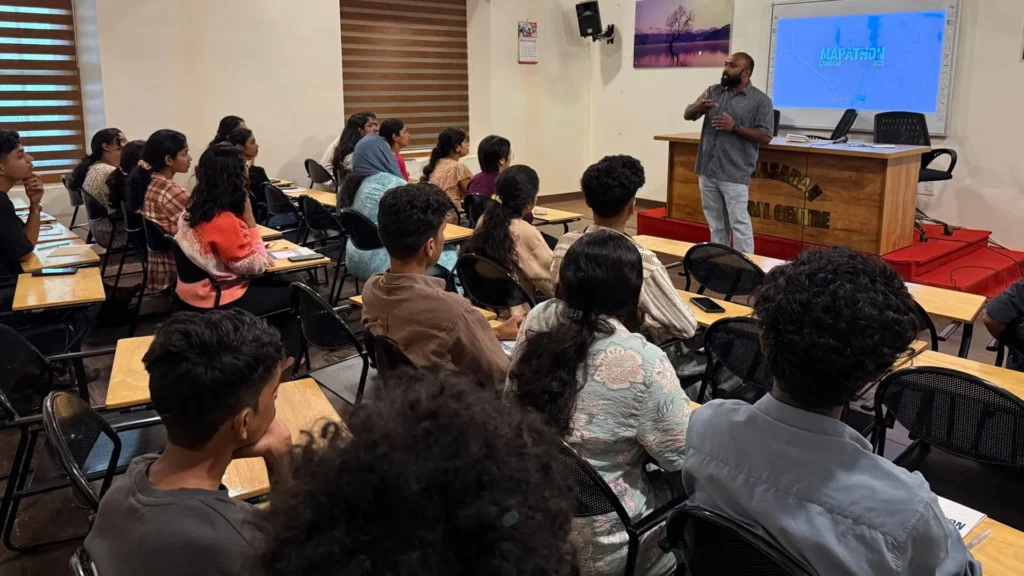
Mapping for Change in Cherthala!
Activities A one-week Mapathon has kicked off in Cherthala Municipality as part of a student internship initiative under the Vembanad Rejuvenation Project.📅 Launched on June

Activities A one-week Mapathon has kicked off in Cherthala Municipality as part of a student internship initiative under the Vembanad Rejuvenation Project.📅 Launched on June
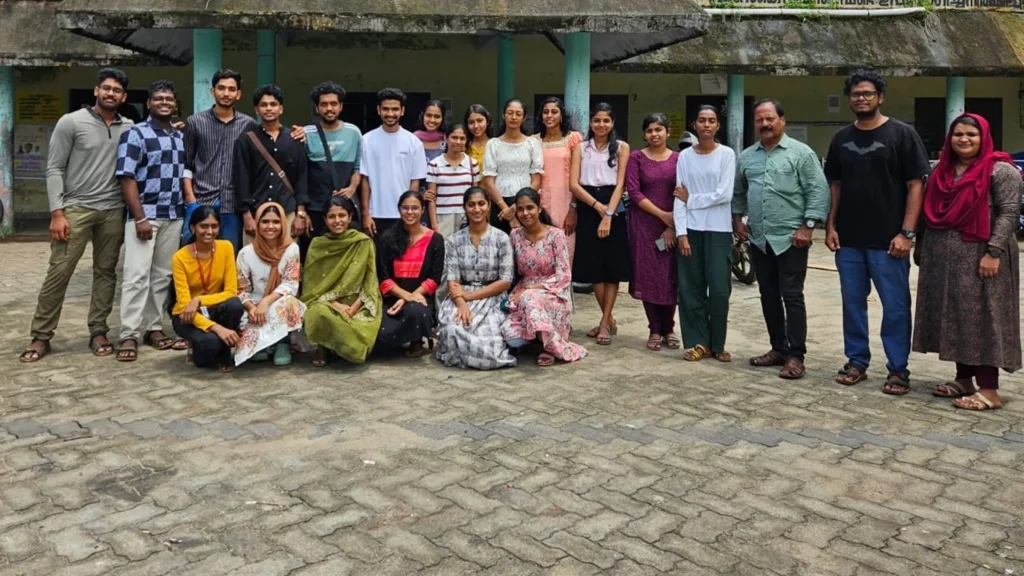
Activities As part of the Vembanad Rejuvenation Project, led by the District Collector of Alappuzha, a student training session was held on May 23, 2025,
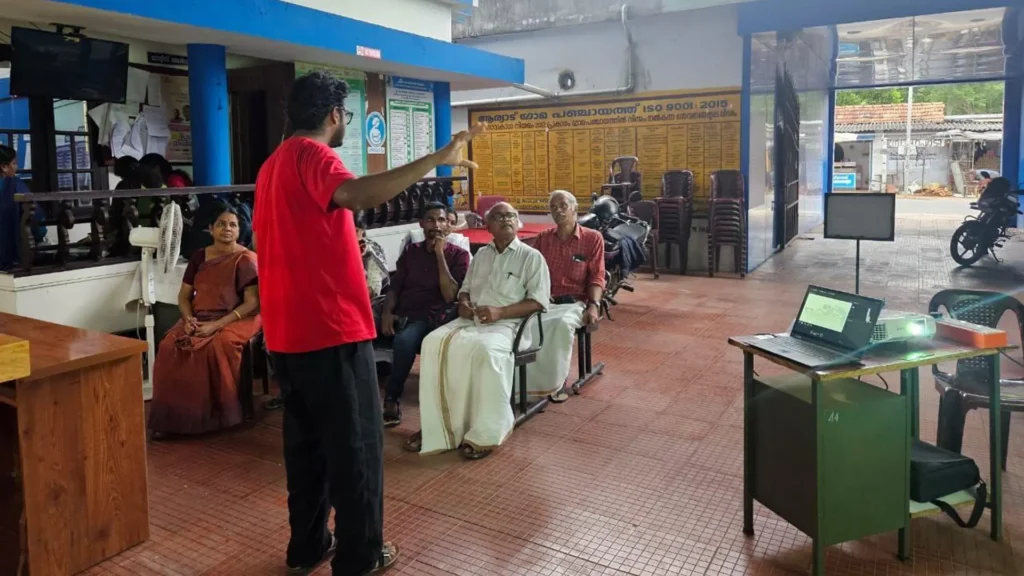
Activities On May 21, 2025, a stakeholder meeting was held at hashtag#Aryad Grama Panchayat as part of the Vembanad Rejuvenation Project, led by the District
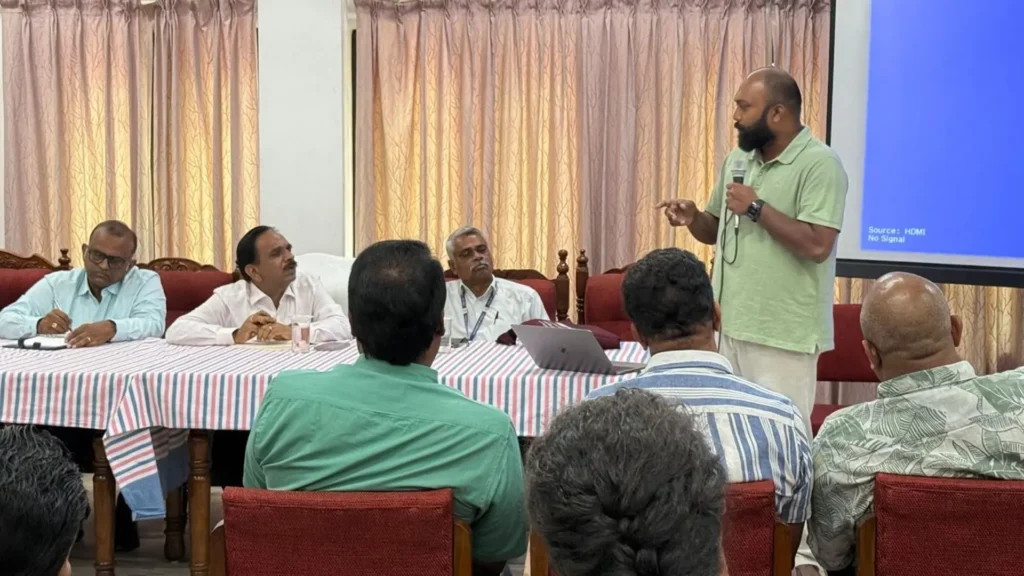
Activities At Technology and Governance Support Forum and the Living Lab Alleppey we recently conducted a pilot survey to estimate the waste leakage from houseboats
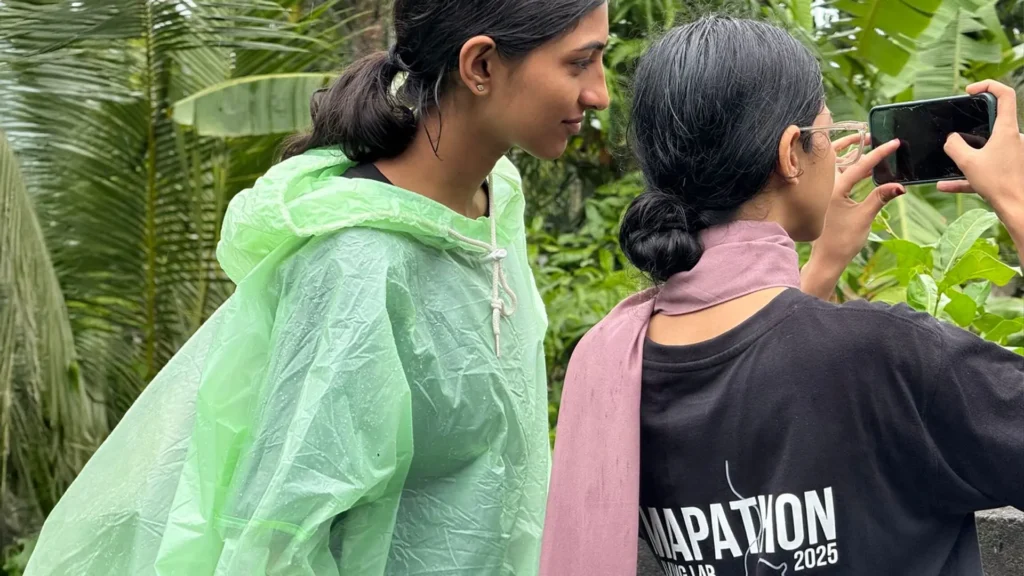
Activities In Cherthala Municipality, Alappuzha district, we Technology and Governance Support Forum and Living Lab Alleppey recently completed a full-scale demonstration of canal and drainage
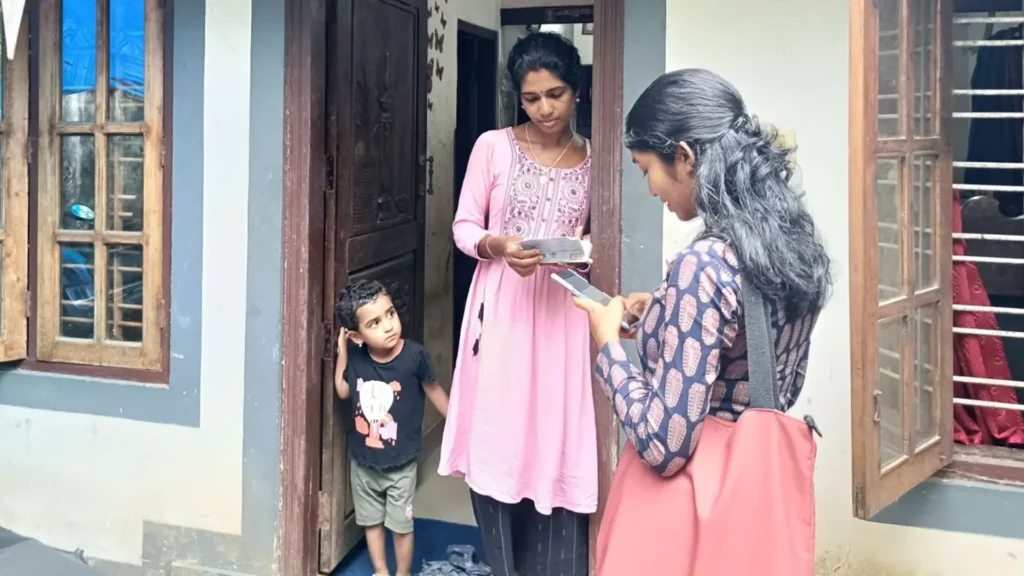
Activities As part of the Vembanad Rejuvenation Project led by the District Collector of Alappuzha, the Household Sanitation Survey has started in Mannanchery Grama Panchayat
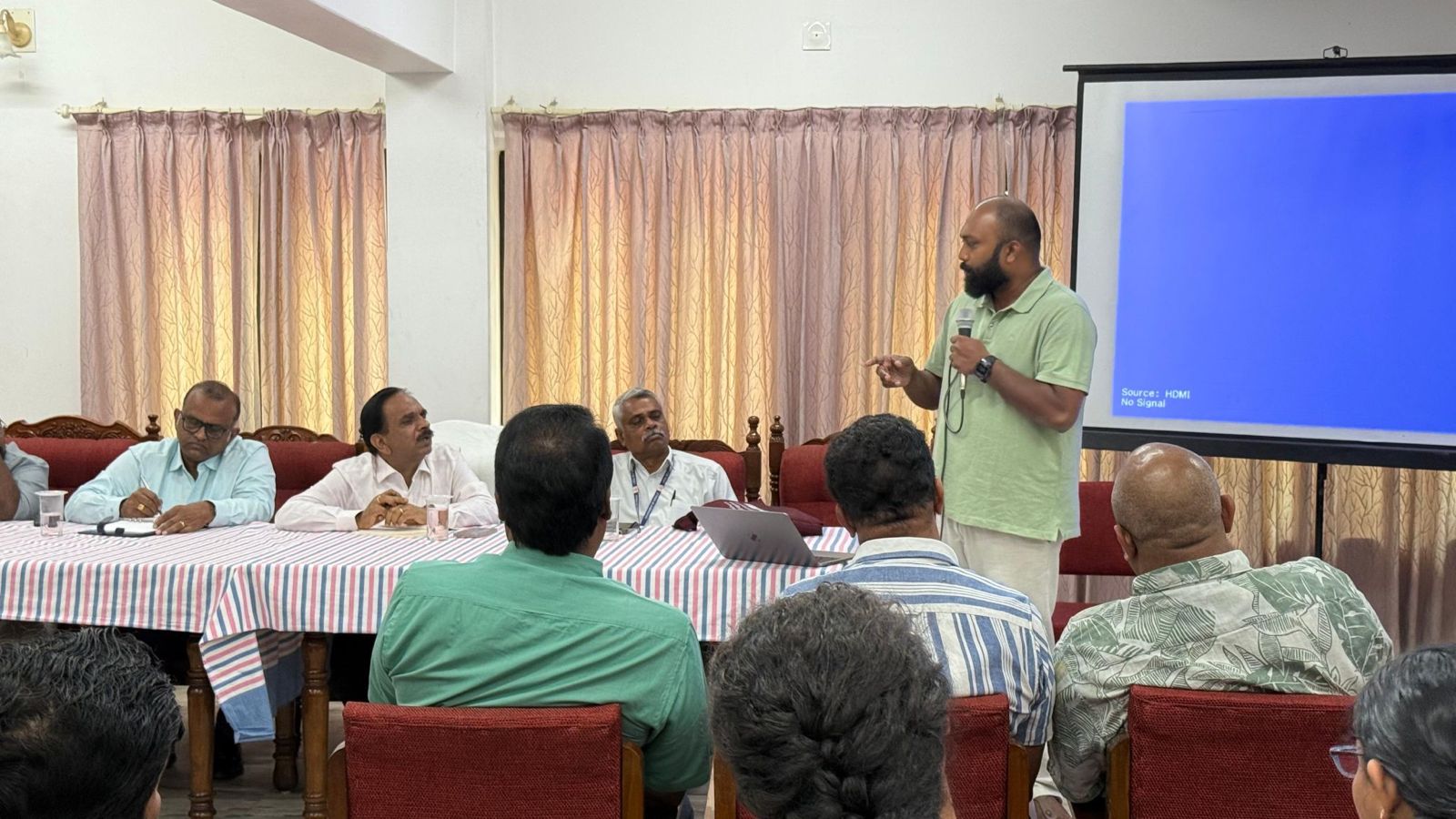
At Technology and Governance Support Forum and the Living Lab Alleppey we recently conducted a pilot survey to estimate the waste leakage from houseboats operating in Vembanad Lake, a Ramsar-listed wetland and a critical ecological and tourism hub for Kerala.
This preliminary study offers a revealing snapshot of the pressures on the lake from daily tourism operations.
📊 Key Findings (based on extrapolated estimates from field observations):
Food waste: ~8.2 tons/day (~1,600 tons/year)
Plastic waste: ~2.05 tons/day (410 tons/year), largely single-use
Black water (sewage): ~846 kilolitres/day
Grey water (detergents, soaps, oils): ~2,600 kilolitres/day – mostly untreated
The analysis assumes an estimated 1,050 houseboats, based on scaled calculations from sampled categories.
These volumes underscore the scale of unmanaged waste entering the hashtag#lake daily.
Most critically, greywater discharge—over 2,600 KL/day—is more than 3x the black water volume.
🔍 Unlike black water, greywater is rarely treated or contained onboard. It carries residues from soaps, detergents, and oils. Given the large number of boats spread across a vast area, collection or treatment of greywater at scale is extremely challenging, requiring new planning approaches.
📣 These findings were shared in a critical stakeholder meeting convened in the presence of the Executive Director, Kerala State Sanitation Mission, and attended by:
🔻 Houseboat operators
🔻 Local Self Government Institutions (LSGIs)
🔻 Pollution Control Board (PCB)
🔻Other local governance and tourism bodies
The meeting opened up a much-needed dialogue on aligning tourism operations with sustainable sanitation practices.
🧭 Next Steps:
With the support of the Kerala State Sanitation Mission and other institutions, we plan to take this forward by:
🎯 Deepening the assessment of key pollutants and major polluters
🎯 Calculating the economics and inefficiencies of current waste practices
🎯 Identifying technology needs based on type and capacity of boats
🎯 Exploring viable business models and investment strategies for plugging systemic gaps.
This is an important moment to rethink how Kerala’s iconic tourism sector can transition towards a circular and ecologically sound future.